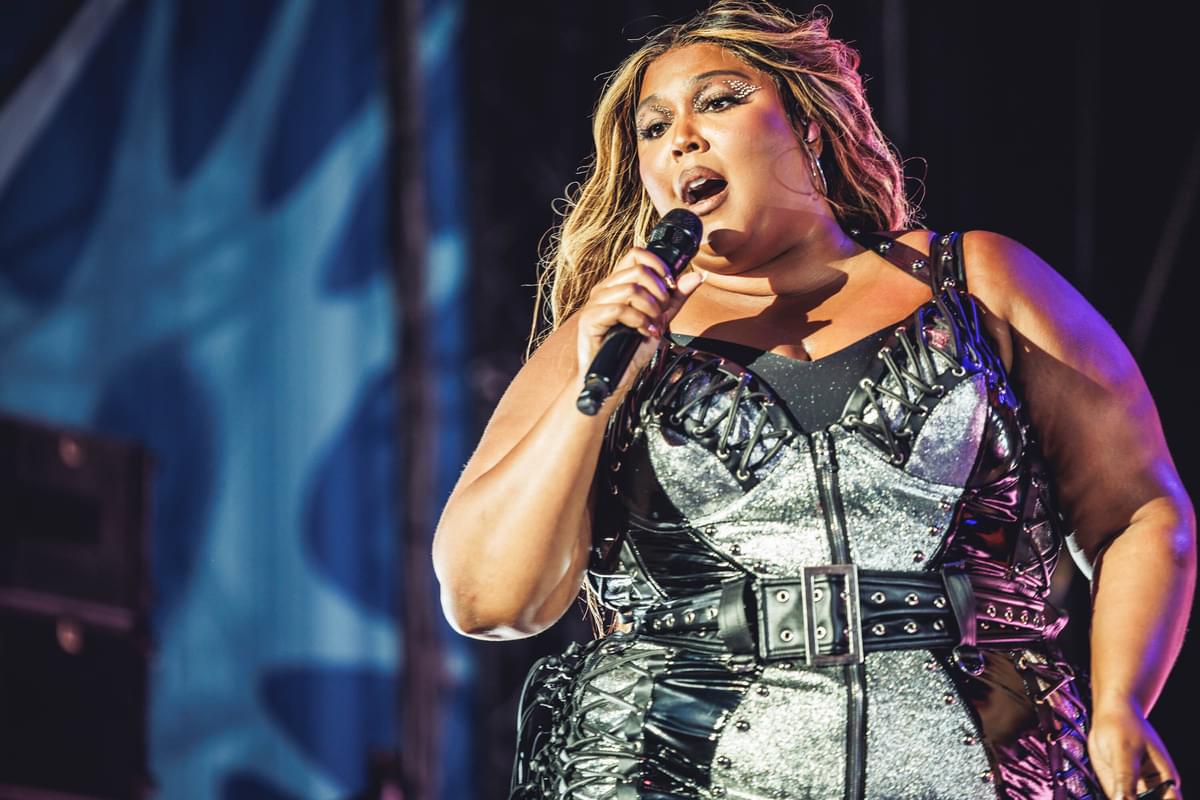
Mad Cool is evolving but it still can't work out what it wants to be
The annual curatorial sparring match between Primavera Sound and Mad Cool is one of the music calendar’s more fascinating fixtures .
In one corner, the hardcore fan favourite - beloved for getting era-defining bands back together and for line-ups that are stuffed with curveball delights. In the other, the younger upstart, throwing euros at a defiantly populist list of artists, and with a focus that’s aligned much more to Spanish music tastes than its rival.
Mad Cool’s sixth edition represents a massive change for the Madrid-based festival. It has local competition from Primavera Sound and new investment in the form of Spanish beer company Mahou who recently bought a 51% stake in the event. More significantly, it’s changing home for the second time, moving away from Valdebebas, a remote site close to Barajas airport – and to the run-down industrial suburb of Villaverde, at the southern end of Linea 2. The new site, named “Iberdrola Music”, is part of a wider regeneration plan for the area, to create "a magical place where music and sustainability come together to create an unforgettable harmonious experience.” Robbie Williams, Liam Gallagher, Red Hot Chilli Peppers, Lizzo and the Mumfords lead this year’s line-up, bringing around 65,000 people each to Villaverde for the three-night event.

The festival experience at Mad Cool is very much an exercise in expectation management: what you get out of it depends on your tolerance for the bands, brands and booze blueprint that's become a staple of music events across everywhere from California to Lisbon. It makes more sense when you consider Mad Cool to be less of a festival and more of a series of day-events akin to the British Summer Time event in London’s Hyde Park. Both bring entirely different crowds to their respective days, both have similar capacities.
Mad Cool’s musical highlights vary in proportion to the levels of enthusiasm each headliner can muster, with many of them fighting against the heat and subpar sound. Anthony Keildis looks like he’d rather be elsewhere, with the Red Hot Chili Peppers playing one of the most underwhelming headline sets I’ve ever seen at a festival. Matty Healy’s lacklustre schtick fails to connect beyond the hardcore 1975 fans, with a pedestrian performance interrupted constantly by a noisy tombola nearby, courtesy of new owners Mahou. At the other end of the spectrum, Robbie Williams remains a perfect booking, bringing a Vegas-level ego to town, with a performance to match while RAYE - shunted to a smaller tent – brings her usual gratitude and belting vocals.
There’s a strong showing from Lizzo, Sam Smith and Lil Nas X flying the flag for queer artists but the hidden gems on the lineup are all homegrown. The incredible Ralphie Choo is already well on his way to becoming a star (with a Mura Masa collab just out) while fellow upstarts Teo Planell, Ghouljaboy and Cupido play tight sets showcasing their own innovative sound – but it’s Basque four-piece Belako who really stand out with an energy that matches their audience, despite a set that should have been longer.

The festival’s location is undoubtedly better in some ways – it feels connected to the wider Madrid experience and getting to Villaverde is much easier than Valdebebas – but serious problems remain. The simple act of getting into and out of the festival itself is a chaotic, multi-hour saga. Queues stretch for miles, police are everywhere and the walk back to the metro is a 40-minute trek dodging dealers, pimps and prostitutes. The site itself is nothing to speak of either: a gargantuan astroturfed square flanked by motorways, there’s little shade away from the baking sun. I complain to a friend in Madrid about this: she replies, simply and philosophically: “Maybe Madrid is just not the place for festivals of this size.”
But the real issue with Mad Cool is that the story it wants to tell feels undermined by its execution. The move to Villaverde may very well be about sustainability and regeneration – so why does the whole event feel more like a brand space, and a backdrop for social content, with music used as a dangling carrot? It’s the very antithesis of Glastonbury – but maybe that’s okay. People are here to get drunk, they’re here to sing along to Lizzo’ “About Damn Time” or Robbie doing “Angels”, or Mumfords doing whatever it is they do. Maybe that’s enough.
Get the Best Fit take on the week in music direct to your inbox every Friday



